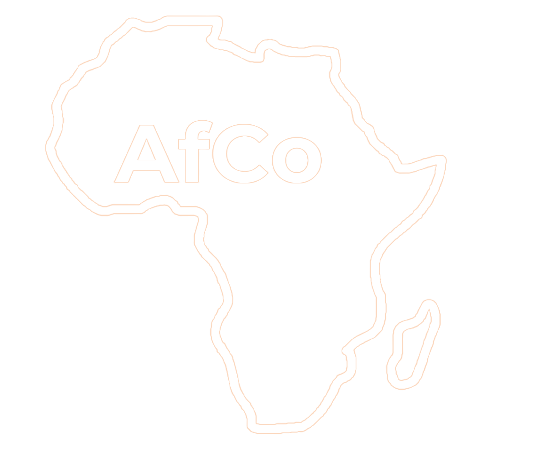Reading between the Lines of a Conflict
Since the beginning of the Darfur conflict, humanitarian assistance has, for the most part, focused on the camps that harbor as many as 2.5 million non-Arab displaced people. Some aid groups have, however, sought to reach other war-affected communities, notably Arab groups that are generally held responsible for most of the crimes committed during the war. The purpose is to achieve greater balance in relief distribution, but also to use aid to support local reconciliation processes that have proliferated since the partial agreement signed in Abuja in May 2006 led to the breakdown of the general Darfur peace process. The following paper describes an international aid group’s initial steps to further this approach on the southern slopes of Jebel Marra – Darfur’s geographical and historical heartland, as well as a stronghold of the rebels. The resulting analysis reveals a gap between the more common interpretations of the conflict and what actually takes place on the ground. Specifically, it shows the need to apply greater nuance to the concept of generic conflict between the so-called African farmers, sedentary and landowning, and landless Arab herders. Revisiting the dynamics of the conflict will force international actors to ponder how to calibrate their assistance so that it is more equitable but does not reinforce inequities born from the conflict, chief among which is the occupation, by force of the displaced peoples’ land.
Keywords
- Darfur
- conflict
- context
- humanitarian aid
- identities
- livelihoods
- land issue
- traditional leaders
- reconciliation
